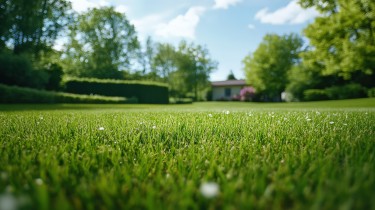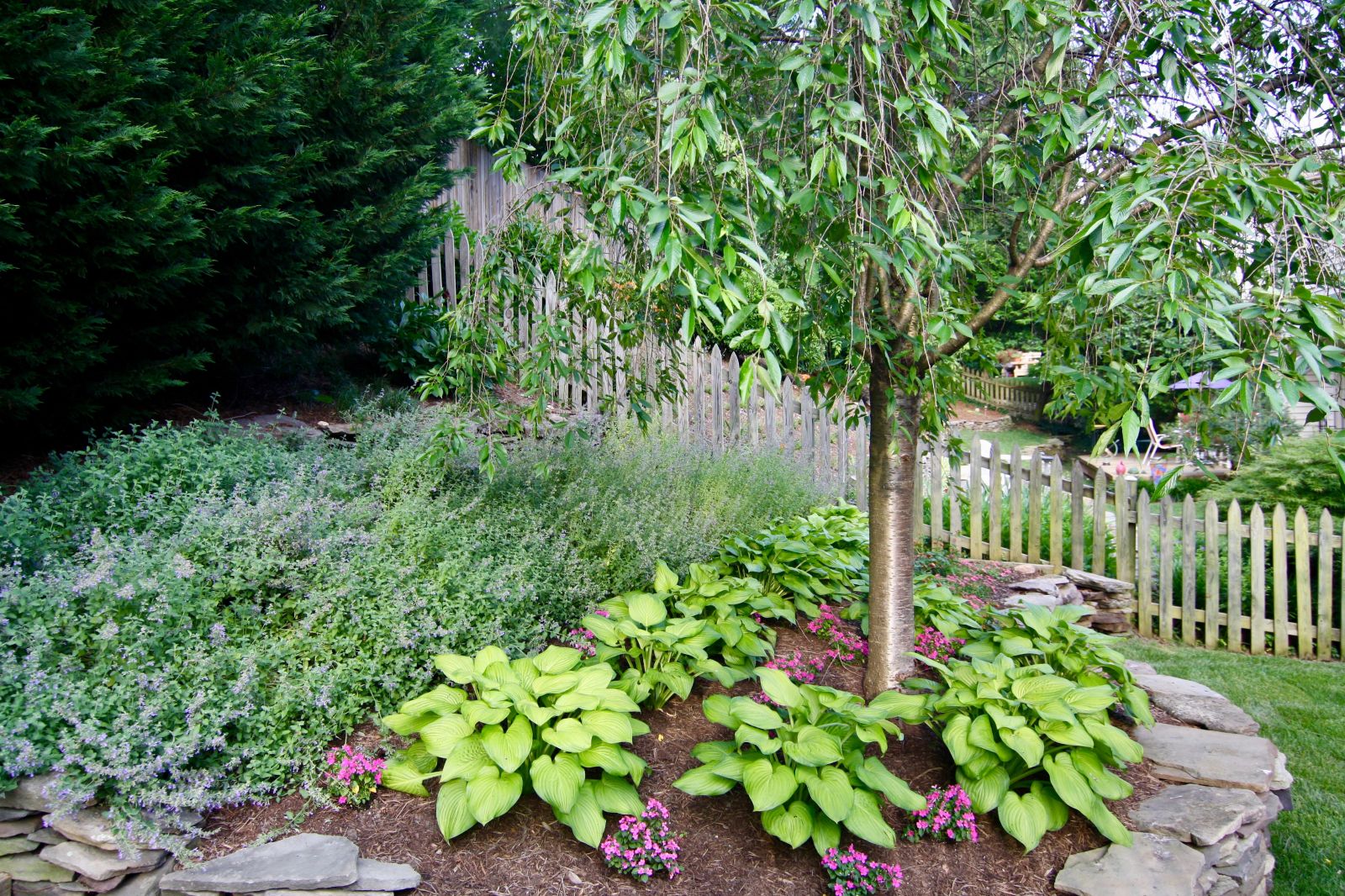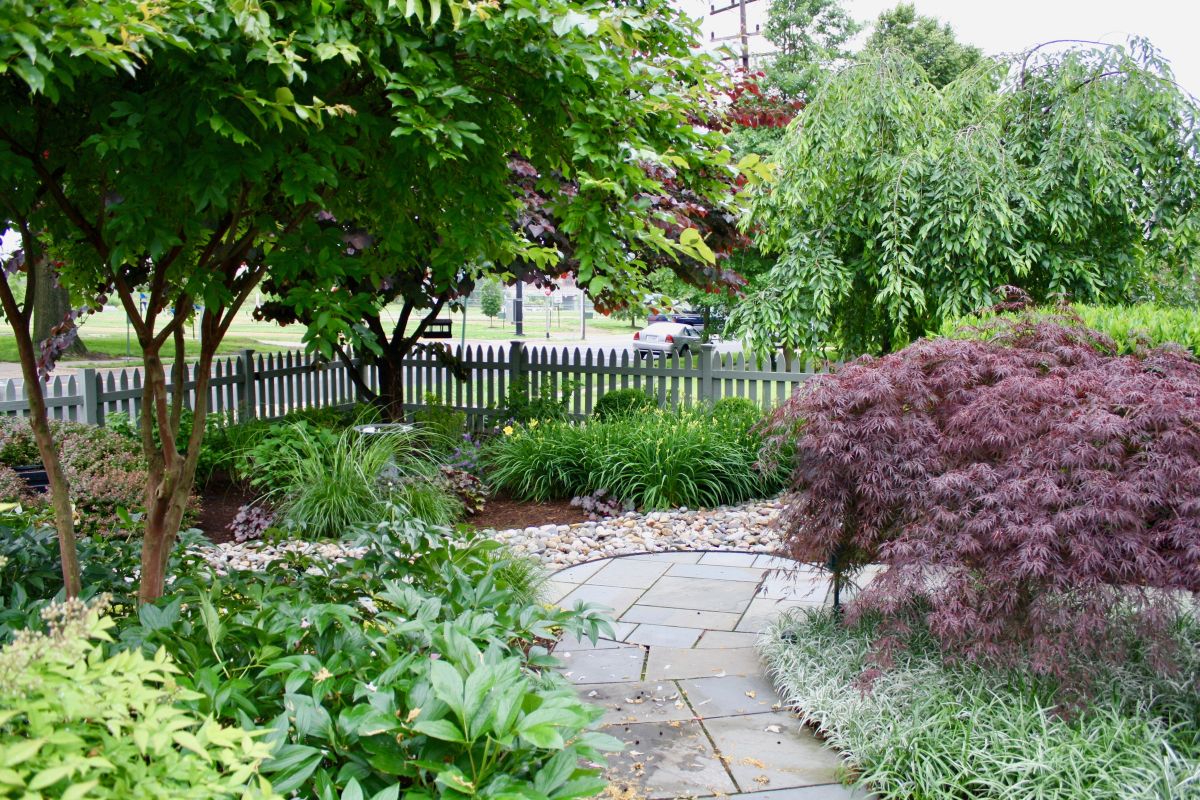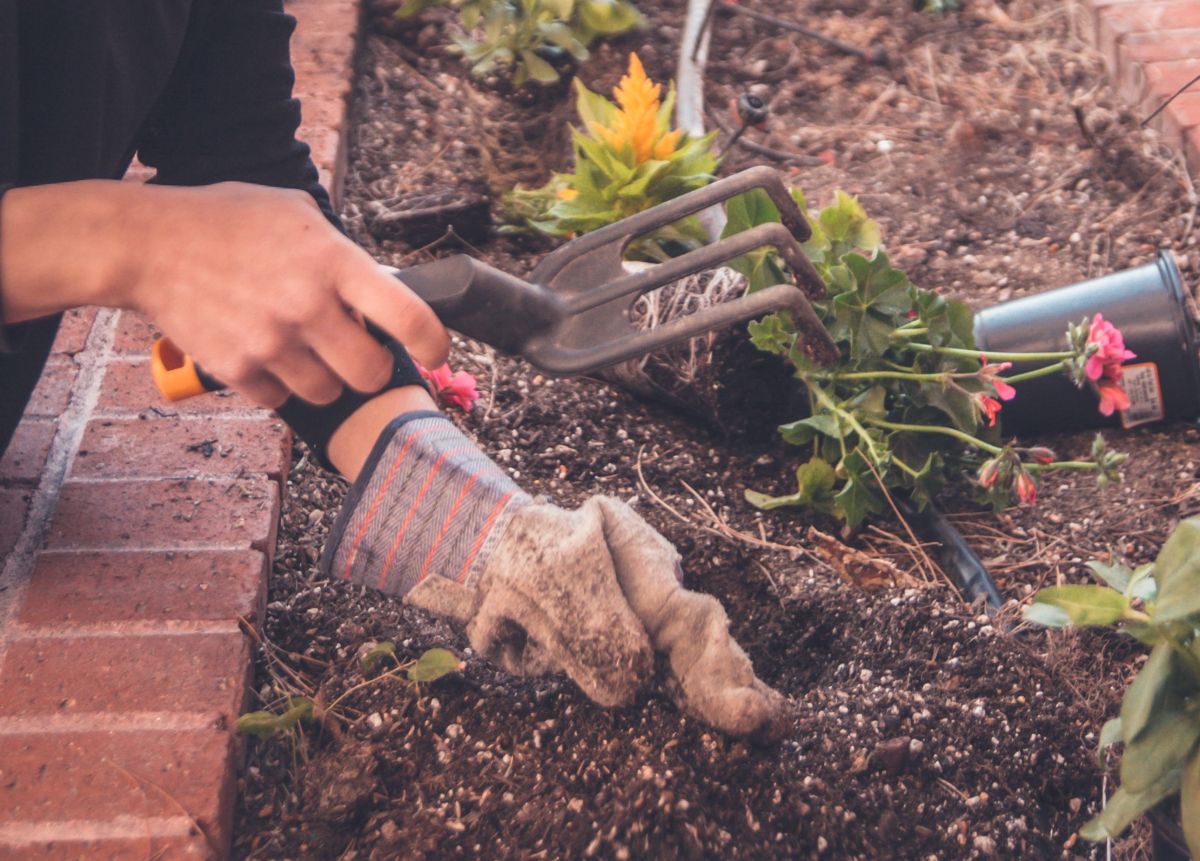But you may not know exactly where to start, which plants to choose, or the best way to plant them.
The tips in this blog post are straight from the Brandon Rushing team. Use them to kickstart your very own DIY flower bed — or leave the hard work to us.
How do I plan an annual flower bed or container?
Before you even get to choosing or planting anything, make sure you have a plan in place.
For the beginner gardener, here are some of the basics you should focus on while planning:
- Do some dreaming! — What colors do you want to see in your landscape? What will complement your home’s architecture? Planting your annuals is a lot like artwork, with unlimited opportunities for unique and original designs. Annuals also tend to be less expensive than perennial plants, so the sky really is the limit!
- Choose where you’re planting… and when. — One thing that can go wrong with beginner gardeners is choosing the wrong plant for the wrong conditions. Find out if what you want to plant likes some shade or full sun. Once you know where you’re planting, what the light conditions are like there, and what season it’ll be in — plan accordingly!
- Prep the soil. — Soil will need to be properly prepped so the annuals can flourish. We recommend loose, well-draining soil, so take care to till and amend the soil as necessary. If your soil hasn’t been composted, we recommend adding a slow-release fertilizer.
- Wait until the frost has come and gone! — This typically happens in mid-April. If it’s not possible for you to plant right away, keep your plants indoors and be sure to water them as needed.
Which plants should I choose?
With your plan in hand, now it’s time for the fun part: choosing your flowers! All of the options out there can feel a little overwhelming, so here are our tips to guide you as you make your choices.
- Keep your color palette in mind. — Whether it’s simple primary colors or a more unique and broad color range, keep your flower choices specific so your space still feels cohesive.
- Pick what’s best for each season. — Be sure to read seed packets or plant tabs to ensure you’re planting what’s best for the season. Annuals are typically divided into “hardy,” “half-hardy” (also called “cool season”), and “tender.” Hardier plants will survive in cooler temperatures but might start to wilt once hot summer temperatures hit. Choose tender for summer, and hardy for spring and fall.
- Mix annuals with perennials. — While perennials last longer, annuals bloom for longer. Having a mix of both in your garden will really bring it to life. Be sure to make annual choices based on the perennial plants in your garden.
There are far too many annuals to list out in a blog, but if you’re really curious, we encourage you to browse this list of recommended annuals from Fairfax County!
What’s the best way to plant my annuals?
Planting is fairly straightforward, but there’s more to it than sticking plants in the ground. Some of our planting best practices include…
- Lay your plants out before planting. — However you plant your annuals, we recommend that you lay your plants out before you start planting. This small step can be the difference between a beautiful bed and a chaotic mess.
- Don’t plant too deep. — Planting too deep can lead to stem rot later in the season. When planting, dig a hole slightly deeper than the roots, set the plant in place at the same level at which it was growing, and carefully pat down the soil around the roots.
- Plant when it’s a little less sunny. — If possible, it’s best to plant on a cloudy or overcast day or late in the day to reduce shock in your new annuals! If they’re shocked, roots may fail to establish and the plant can die.
- Add some mulch… and water! — Once you’re done planting, cover the soil with a 1 to 2” layer of mulch and give everything a good soak. The mulch is optional, but it will give your garden a more finished look while preventing weed growth and conserving soil moisture.
With a little care, your annuals are sure to add a big pop of color to your landscape! Regular watering and weeding should keep them going strong for a while.
If you’d prefer to leave the design, planting, and care of your annuals to the experts, the Brandon Rushing team is happy to help. Reach out to find out more!




